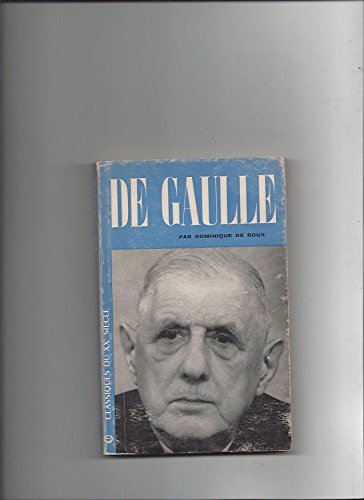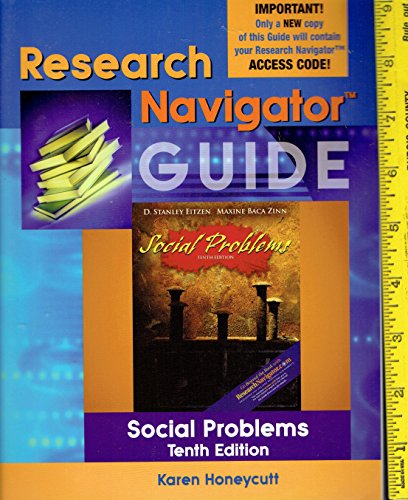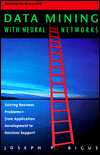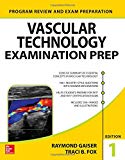Hemodialysis Vascular Access: Practice and Problems
This book describes the current status of vascular access for patients with end-stage renal failure who require dialysis. The book highlights controversial areas and problems and describes differences in practice in USA and Europe. Vascular Access is the Achilles heel of dialysis. In the United States and Europe in 1999 there were in access of 400,000 patients maintained on dialysis. The success of this life sustaining procedure is dependant on being able to successfully access the circulation and obtain blood flows of between two and five hundred mls per minute three times a week. In 1964 Cimino and Brescia described what remains today the premier form of vascular access. Not long after the development of the Cimino Brescia fistula it became apparent that there were patients in whom it was either impossible or extremely difficult to create an adequate fistula for dialysis. As dialysis technology has been applied to older and sicker patients this trend has continued, such that in the United States the majority of patients starting dialysis do not have a primary fistula. The maintenance of long-term vascular access in patients who do not have a primary fistula requires considerably increased effort. In recent years a number of innovations have considerably increased the success of long- term vascular access in these patients. This book brings together these developments, including strategies to prospectively detect impending vascular access failure, and strategies to pre-emptively prevent graft failure. Simultaneously with these developments there have been dramatic improvements in our understanding of the pathophysiology of graft failure, this improved understanding of the biology of access failure are beginning to bring to the clinical arena newer strategies to delay graft failure.
Francis Dumler
This is a review for clinicians caring for hemodialysis patients with vascular access . The focus is on the physiologic, clinical, and procedural aspects of vascular access care. "The purpose is to provide a compendium of strategies to prospectively detect early access failure and preemptively prevent graft failure and to better understand the pathophysiology and biology of graft failure. These objectives have important clinical significance and have been well met by the editors. "Practicing nephrologists, vascular/transplant surgeons, and interventional radiologists working in the field and nurse clinicians and/or physician's assistants caring for hemodialysis patients are the intended audiences. "Twenty-five authors, half of them European, are contributors. This book is a good introduction to the topic and themes are developed in a logical sequence. The writing is succinct and clear, with good illustrations and tables. Chapters on prospective detection of access dysfunction and on thrombolysis are particularly noteworthy. References are pertinent, with 34% older than ten years. The reference style is not consistently followed through the chapters. As expected with multiple contributors, there is some overlap. However, none of these issues detract value. The special consideration given to pediatric hemodialysis access care is welcomed. No mention is made about the current unavailability of urokinase in the U.S., although alternative therapy with other thrombolytic agents is briefly discussed. "This is a nice addition to the library of medical professionals dealing with hemodialysis patients and vascular access. It supplements the existing literature because of the concisefocus, broad coverage of the issues, and European perspective. The physical presentation and photography are of very high quality, the tables are informative, and the illustrations are very helpful in enhancing the message provided in the text. This is a nice alternative to Henry's Vascular Access for Hemodialysis-V (Bonus Books, 1997).
| Name in long format: | Hemodialysis Vascular Access: Practice and Problems |
|---|---|
| ISBN-10: | 0192629425 |
| ISBN-13: | 9780192629425 |
| Book pages: | 290 |
| Book language: | en |
| Edition: | Revised ed. |
| Binding: | Hardcover |
| Publisher: | Oxford University Press |
| Dimensions: | Height: 9.5 Inches, Length: 6.8 Inches, Weight: 1.40654923156 Pounds, Width: 0.9 Inches |

















